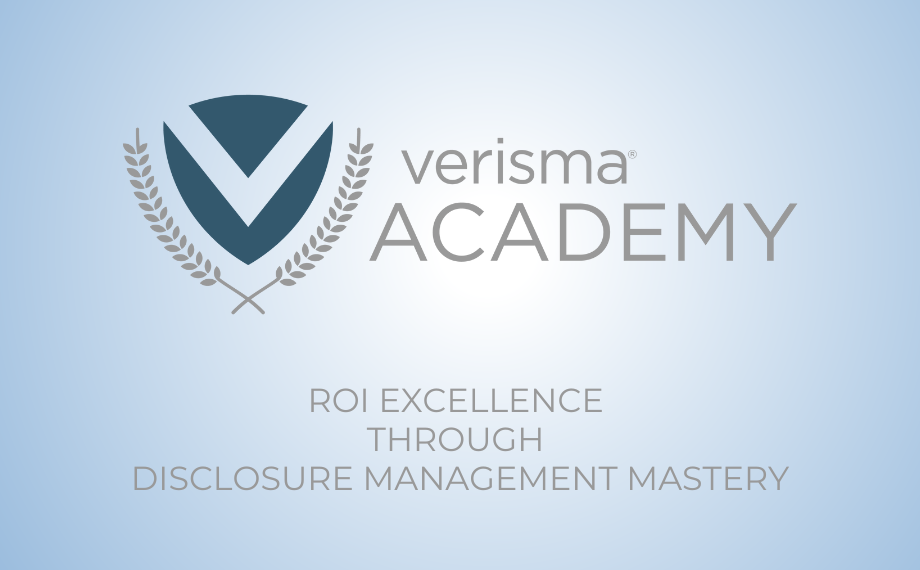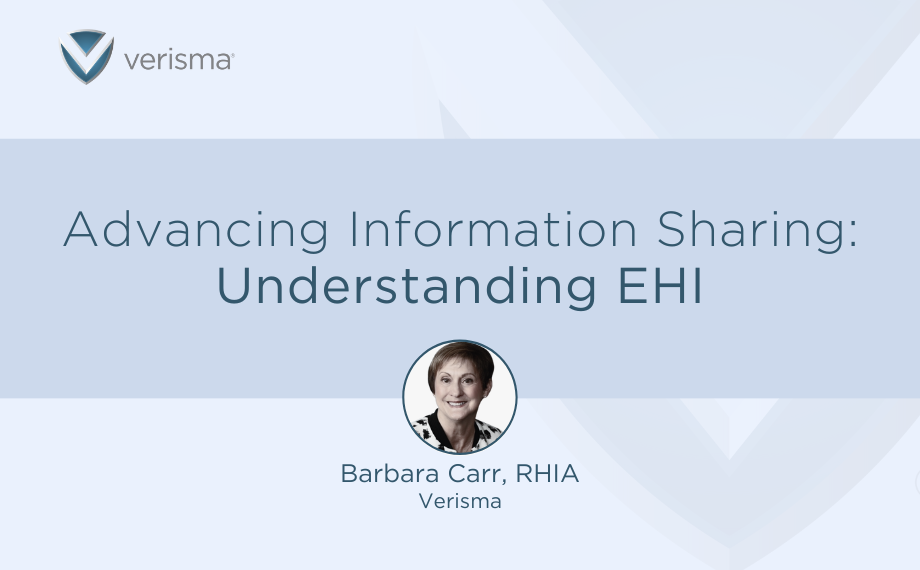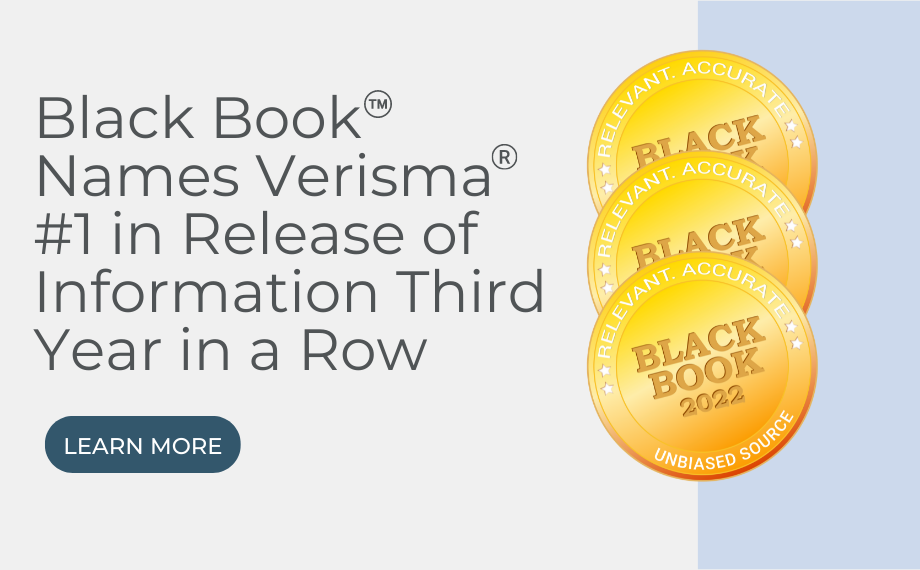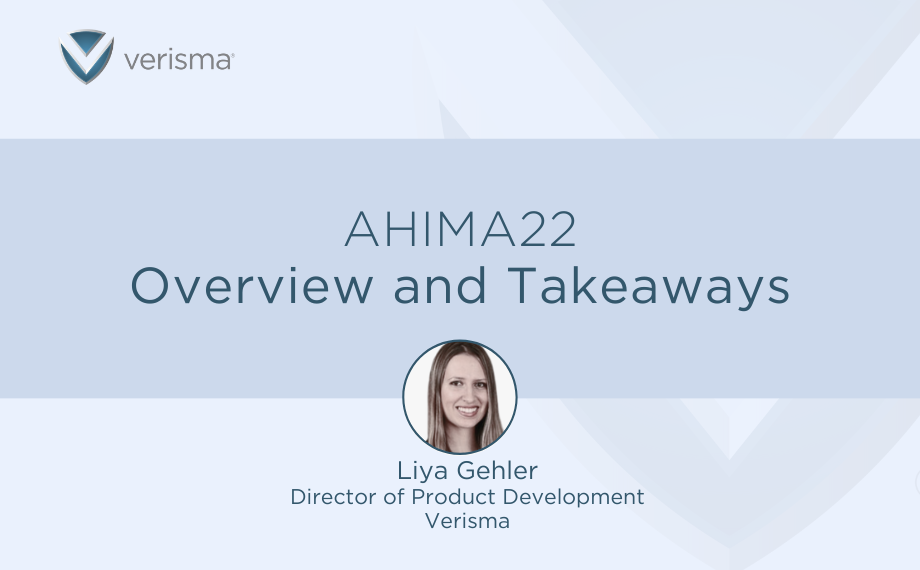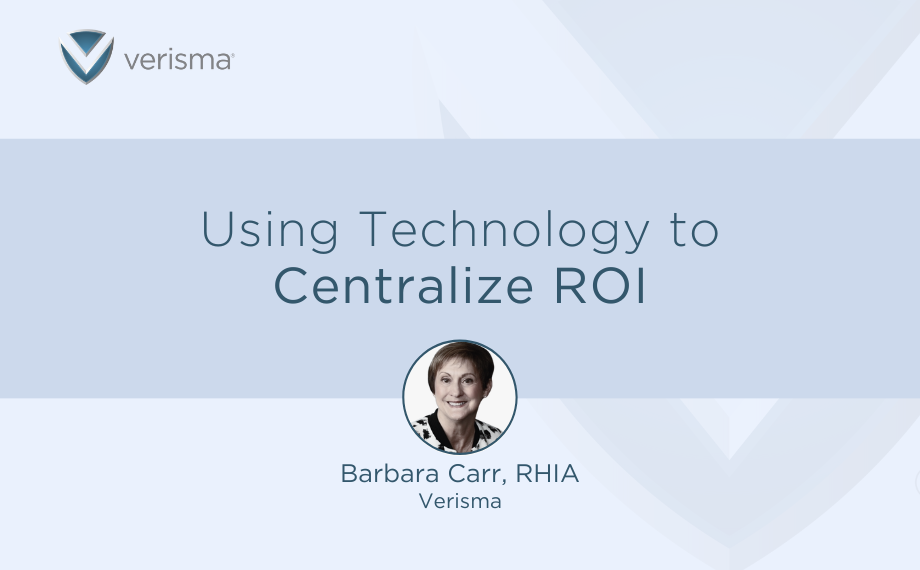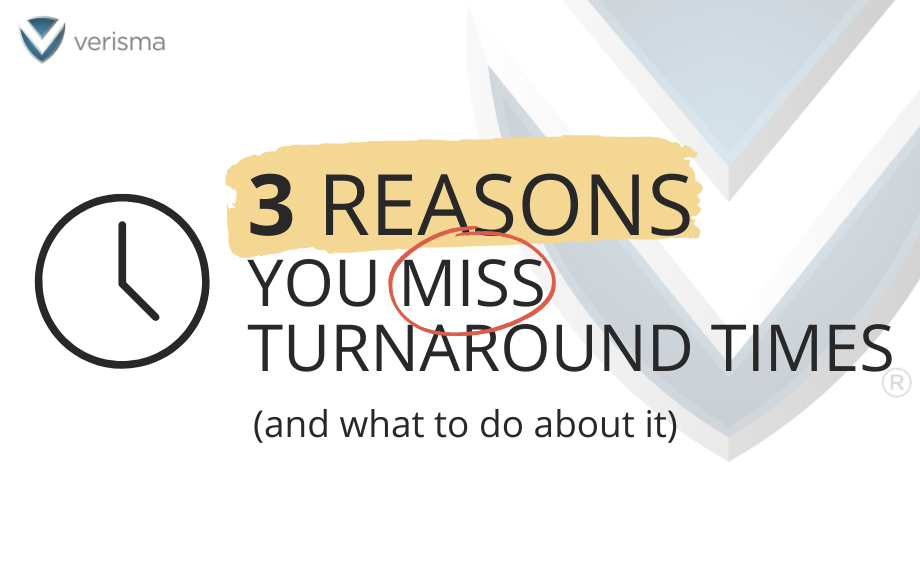AHIMA22 brought us to Columbus this year, the capital and heart of Ohio. It’s been three years since we’ve all been together and there was so much catching up to do! The American Health Information Management Association (AHIMA) is the leading voice and authority in health information where the associated experts work at the intersection of healthcare, technology, and business. Today more than ever, in an era where technology drives change and efficiencies on one hand and on the other hand increases the risk of interfering with privacy and security, managing the complexity of patient’s information is critical. Healthcare professionals must ensure that sensitive health stories remain accurate, accessible, protected, and complete at all times.
We all know the tremendous effects COVID had on our healthcare and the gaps it highlighted in our systems. It changed the workforce landscape with an increased need for healthcare professionals and the reality that jobs require more technical skills than ever before. AHIMA22 highlighted the emerging changes and responsibilities that healthcare information management professionals face today.
The conference kicked off with sessions on “Design Thinking for Innovation in Healthcare” and “What Does it Take to Become a Revenue Cycle Executive” and a marching band performance! There were over 40 in-person sessions led by health data experts and visionaries, new product tech demos in the exhibit hall, networking opportunities, and social events with over 3,00 attendees. Thinking back on all that I heard and witnessed at this convention, there are a few key takeaways I’d like to share:
Design Thinking for Innovation in Healthcare
This workshop kicked off the conference and set the tone for the rest of the week. Design thinking process is a theory that many startups and innovative companies use to solve real end user problems and it’s one of my favorite methods to use to develop user centric products. Design thinking is taught at top universities like Harvard and is adopted by brand name companies such as Apple, Google, and Samsung. It’s a 5-part problem solving approach you can apply in both your organization and your daily life. It centers around end user challenges and how to put aside limiting beliefs and our own perspectives to solve a problem based on observation and thinking outside the box.
“Healthcare requires continuous innovation to meet the needs of patients and providers,” says Mary Ann Sullivan, MA, CCMP, senior director, professional development and education operations and innovation at AHIMA. But important stakeholders are not always considered when new interventions or processes are designed. This can lead to products and services that do little more than gather dust, while the underlying issues remain unaddressed. “Design thinking,” Sullivan says, “can be used to improve clinician-patient workflows, healthcare spaces, customer service, and community programs.” In a healthcare landscape where there are so many silos, this methodology can be useful to bridge the gap and deliver real solutions that bring back the patient to the center of care.
Privacy and Security
AHIMA22 had top experts on information blocking, electronic health record vendor efforts to protect privacy and achieve interoperability, cyberthreats, and risks associated with the Internet of Medical Things (IoMT). There is an ongoing responsibility to understand and comply with laws that govern the privacy and security of health information. It’s important to learn unique security gaps and how to mitigate the IoMT risk as healthcare increases its use of devices that interact directly with patients. Furthermore, understanding the current drive to achieve an interoperable landscape requires heightened privacy and security.
Consumerism
The last several years was a turning point in healthcare with consumers finally empowered to make more informed decisions about their health. AHIMA22 included a focus on consumerism with sessions that offered incredible insight for health leaders to learn about new and emerging technologies and roles in health information that place the patient at the center of it all. Returning consumers to the center of patient care will impact healthcare for generations to come. Healthcare professionals can be both patient advocates and liaisons to help patients better understand the ever-changing environment. The pandemic has accelerated patients’ usage of health-related digital devices, which can provide more productivity, but also isolates the patient from human care. Healthcare professionals need to understand technology and find ways to humanize the experience.
Data
There were many lectures and vendor demos of products related to data. Because we use the science of collected information to have predictable results in a complex system, more data can lead to more informative decision making. This is vital because health data, including population health information, must be accurate and trusted as many strategic and patient care decisions rely on it. Also, health data and data models have a significant impact on business intelligence and initiatives. It can shed light on gaps in the systems or reasons for failure in the workflows and showcase and inefficiencies. Data governance is the yellow brick road to health data integrity and must be followed to ensure the reliability of the data. Organizations seek to improve patient care and outcomes through the collection of Social Determinants of Health data. Health data lies at the center of interoperability and interoperability is the key to getting the right information at the right time to the right person. Here at Verisma, we have a leading data and analytics tool, that is easy to use and all the reports related to Release of Information can be customized in a easy to understand format to drive real engagement with the process of providing real and accurate health records.
It was interesting to flow between so many fascinating topics while acknowledging how much the role of Health Information Managers is changing. That’s why Verisma is changing ROI for a changing world. I look forward to showing you the new products and services we’re developing to support you!
If you or your colleagues plan to attend AHIMA’s virtual conference in November, don’t miss Verisma’s session on the top disclosure management trends.
